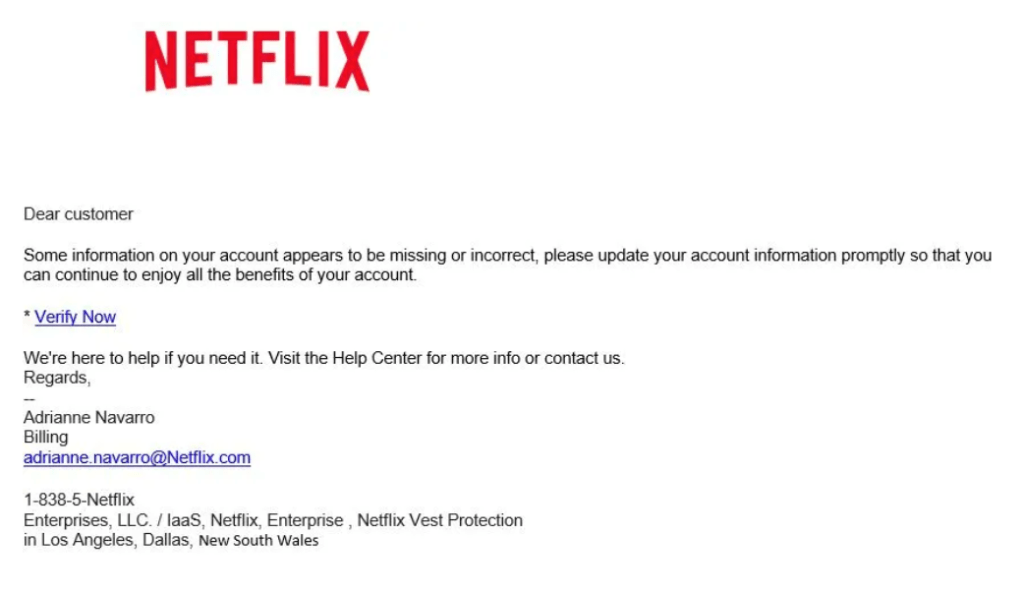Cyber Security Intel from XeroCon
Cybercrime is on the rise in Australia with nearly 76,000 offences reported in 2022 alone. The scariest thing about this statistic…it’s an increase of 13% year on year. Fraudsters are getting smarter and more sophisticated with new scams popping up every day. As a bookkeeper working with sensitive information daily, protecting your data is critical.
At XeroCon, I had the opportunity to attend a Cyber Security presentation and learn about the latest trends in cybercrime (thanks Mark – Xero GM of Security Assurance – for your fun, yes fun, session on these trends). Today, I want to share this valuable information with you, from the types of scammers to new programs and strategies to safeguard your business.

Types of Cybercrime to Watch Out For
The Australian Taskforce has identified the most common cyber crimes happening right now. Understanding how these criminals exploit their victims is the first step in minimising your risk. It’s important to stay informed about these scams, as they aren’t always easy to spot!
One prevalent form of cybercrime is malware, which is malicious software designed to monitor your online activity, gain remote access to your devices, and steal your personal information.
Ransomware, a dangerous type of malware, works by encrypting or locking up your files, making them inaccessible. Cybercriminals then demand a ransom, often in the form of cryptocurrency, to restore access to your files.

Beware, small businesses like yours are being targeted with Ransomware Scams at an alarming rate.
Phishing and social engineering scams are also on the rise. These scams often involve emails or messages containing a link to a fake website, where you are encouraged to enter confidential details or login to an account.
Phishing attacks typically compromise your account passwords, and cybercriminals may use this method to take control of your social media accounts and hold them for ransom.
Cybercriminals are becoming increasingly crafty in their attempts to deceive individuals and businesses. For instance, fake emails mimicking trusted entities like Netflix and Australia Post have flooded inboxes, luring recipients with enticing offers or urgent requests. These deceptive emails generally contain malicious links or attachments, aiming to steal your personal information or infect devices. It’s essential to stay vigilant and scrutinize emails carefully, even if they appear to be from well-known sources, to protect yourself from falling victim to these sophisticated phishing scams.


No business is immune to cybercrime, and assuming it won’t happen to you is a mistake.
Cyber Security for Small Business

As a small business, even a minor cyber crime can have a devastating impact. Protect yourself personally, financially and emotionally by mitigating your risk. Follow these steps to keep yourself safe from threats.
- Step 1: Complete a cybercrime risk assessment to highlight your vulnerabilities. The Australian Government has created an online tool developed by the best in the business to help you.
- Step 2: Passwords must be secure and shouldn’t be repeated, start with a capital or end with a 1 or ! – these are easier to hack. Instead, use a password generator to automate strong passwords for you.
- Be mindful with your Social Media posts, you could be being stalked for clues about your passwords 🤐
- Step 3: Turn on multi-factor authentication (MFA) to add an extra layer of security to your accounts. Start with important programs like your website, social media, banking, email and accounting software.
- MFA is an added layer of security when logging in, using a text/email or external code generator in addition to your password.
- Step 4: Manage shared accounts appropriately. Sharing logins with contractors and staff isn’t advisable. Instead, create a unique login to make it harder for cybercriminals to gain access.
- Sharing logins with staff increases the risk of unauthorised access and compromises the security of your business’s sensitive information.
Familiarise yourself with your obligations under the Notifiable Data Breaches Scheme so you know what you need to do if the worst happens.
Want more information? The Small Business Cyber Security Guide is packed full of information, contacts and support to keep you safe.
By taking proactive steps to enhance your cyber security, you can protect your small business from the growing threat of cybercrime. Stay informed, stay vigilant, and prioritise the integrity of your data.






